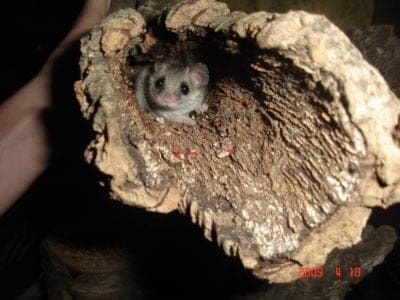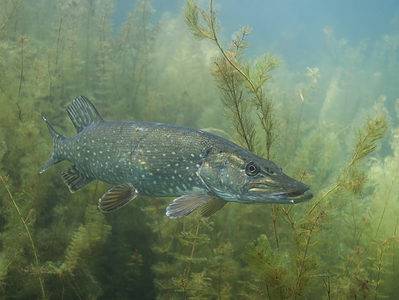Below you can find a complete list of Lithuanian animals. We currently track 223 animals in Lithuania and are adding more every day!
The forests, wetlands, meadows, and field habitats of Lithuania are home to a varied collection of animals. Bison, Roe deer, moose, foxes, wolves, marsh frogs, and the white stork are just a few examples of wildlife in Lithuania. Lithuania has 45 mammal species, 9 reptile species, 13 amphibian species, 50 plus species of fish, and 392 bird species.
The Official National Animal Of Lithuania
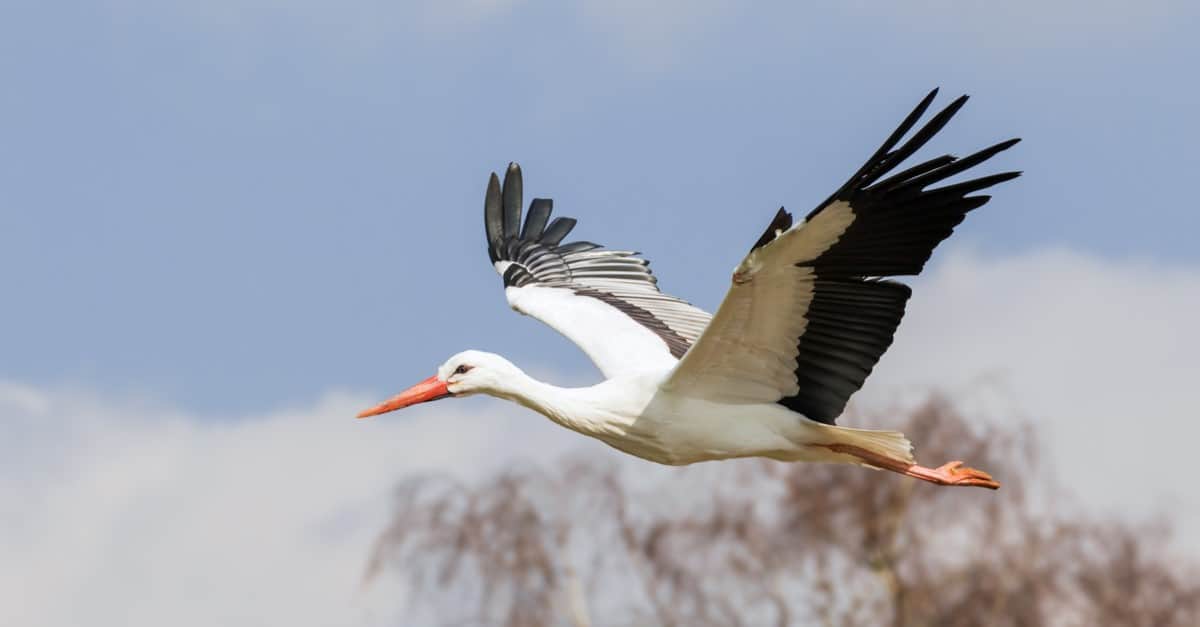
The White stork became the national animal of Lithuania in 1973.
©Ian Duffield/Shutterstock.com
In 1973, the White stork became the national animal of Lithuania. This bird with its long beak and elegant white and black feathers represents harmony. In fact, many Lithuanians believe that allowing this bird to nest near their home brings peace to the entire household. The White stork even has its own day! On March 25th each year, these storks are celebrated and honored. Kids are given small gifts such as chocolate, toys, and fruit. Also, people dye eggs and hang them on tree branches.
The stork is a symbol of domestic life, family, birth and prosperity. It is said that if your property is located where they nest, it will bring your family into harmony. The story that storks bring babies to expectant mothers continues to be told to children in Lithuania today.
Not surprisingly, there’s an abundant and increasing population of White storks living in Lithuania. This bird is such a popular creature it is the national bird of Poland and Belarus as well.
The Most Dangerous Animals In Lithuania Today
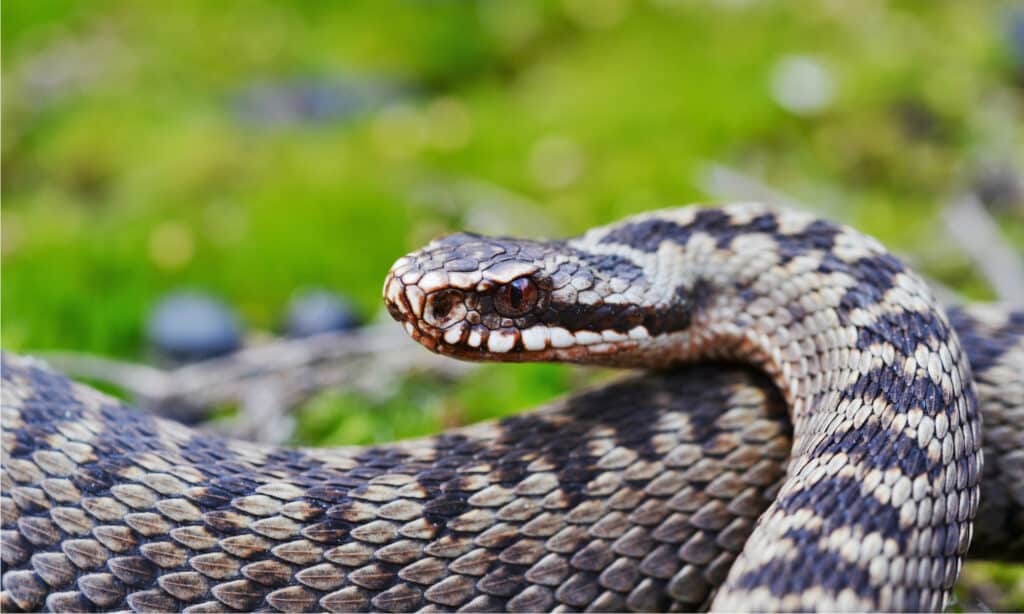
Common Adder (Vipera berus) is the only venomous snake in the wild in Lithuania.
©Holm94/Shutterstock.com
Like any other country, there are some dangerous animals in Lithuania while others are known to be non-aggressive. As a note, most wild animals try to stay away from humans as much as possible. But, when encountered, some can be more dangerous than others.
Discover the most dangerous animals in Lithuania today:
- Common Adder – This is the only venomous snake living in the wild in Lithuania. These snakes are well-hidden in their environment so when they bite people, it’s usually because they are accidentally stepped on or otherwise disturbed in their habitat. Fortunately, there have only been 14 total deaths from common adder bites since 1876. Pain in the bite area, dizziness, and sometimes an irregular heartbeat can be the result of an adder bite. Treatment is needed at a hospital as soon as possible. Some people who are bitten by common adders receive what is known as a dry bite. This means the snake did not release any of its venom.
- Wolves – From 1989 to 2001, there have been just 22 wolf attacks in Lithuania. Wolves tend to stay hidden, so if they attack a human it’s because they feel threatened or they feel their young cubs are at risk. These animals are fast and have a powerful bite.
- Moose – When you think of dangerous wildlife, you may not picture a moose. But these big mammals have the potential to be dangerous. Though it’s not clear how many moose attacks there have been in Lithuania, these large and strong mammals can use their tremendous hooves to kick at or trample a human who’s entered their territory. Though these mammals are usually mild-mannered, they can quickly become dangerous if they feel their young are at risk of being injured by a person or another animal.
- Wild Boar – Wild boar in Lithuania have attacked hunters and others in their territory or near their young. This animal is aggressive and will run at a person causing deep cuts with its teeth and tusks. Though the number of fatalities from wild boar attacks is unknown, treatment at a hospital is needed to prevent excessive blood loss and infection.
Although the common adder is considered one of the most dangerous snakes, it is still not thought of as exceedingly dangerous in Lithuania. Because they are not very aggressive, they very rarely bite unless they are provoked, stepped on or picked up. They are located in many habitats like forests, meadows and pastures, so when in these areas, it’s always best to remain alert.
Where To Find The Top Animals In Lithuania
It’s an amazing experience to witness the native wildlife in Lithuania. Fortunately, there are many national parks designed to offer protection to the animals while educating the public about them. Look at where you can find the top animals in Lithuania.
- Great Crested Newt – This large newt is most active between March and October. Many of these amphibians live in Zemaitija National Park.
- Wolves – Gray wolves live in forests and around wetlands in Lithuania. Dzukija National Park, established in 1991, is home to many of Lithuania’s wolves.
- White Storks – The national bird of Lithuania lives in wetlands and grasslands as well. Aukstaitija National Park is one place in Lithuania where you can see these majestic birds.
- Elk – These large mammals live in a forest habitat. Dzukija National Park is home to a population of elk.
- Boar – This unique-looking animal is native to Lithuania and lives in the forest. They can be observed in Dzukija National Park.
- Bison – Bison used to be a common sight in Lithuanian forests. Though they didn’t become extinct, there was a big decrease in the population due to habitat loss. Fortunately, their numbers are growing again. They can be seen wandering in Krekenava Regional Park.
The great crested newt is not only one of the top animals to find in Lithuania but is also in danger of extinction. In their natural habitats, which include ponds, fish tend to dine on the larvae of this newt and it’s not possible to restore their population. It isn’t known exactly what their numbers are and although they are a protected species, things like loss of pond plant coverage, will effect numbers.
Endangered Animals In Lithuania
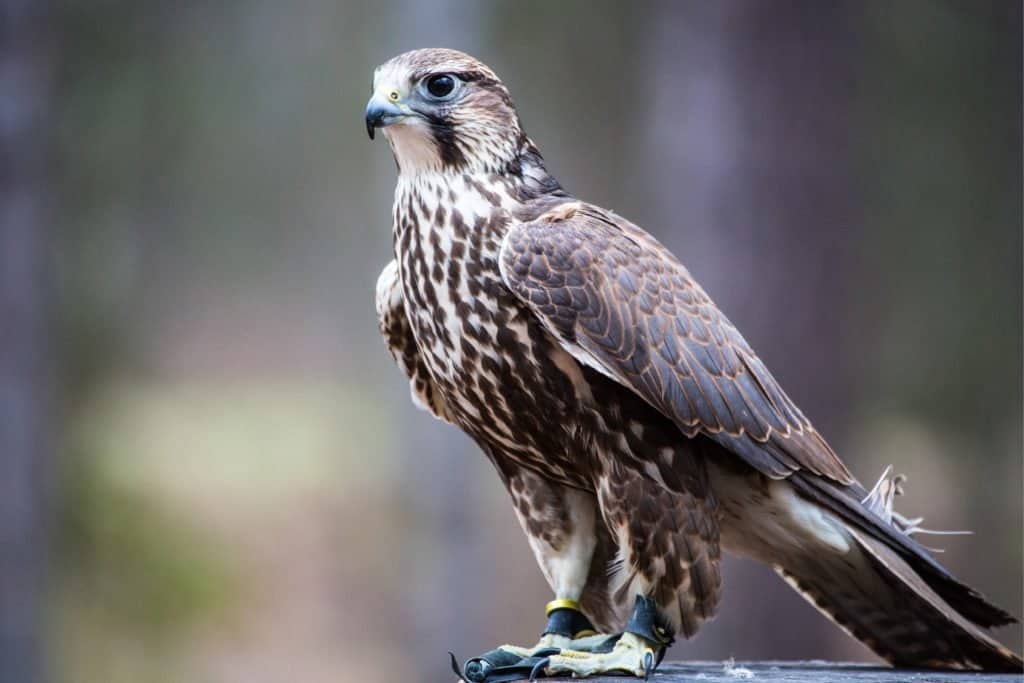
The Saker falcon is considered endangered due to habitat loss.
©Gary C. Tognoni/Shutterstock.com
Each year, species are added to the list of those on the brink of extinction. Habitat loss, change in environmental conditions and hunting activity are three major reasons why some animals in Lithuania are considered Endangered. Check out some of the Endangered or Critically Endangered animals in Lithuania:
- European mink
- Saker falcon
- Aquatic warbler (Vulnerable)
- Black-tailed Godwit (Vulnerable)
Let’s take a look at the two most endangered species from the list. The European mink faces the greatest threat of extinction due to several factors. In 1997, there were an estimated population of 41,000 mink. As of today, that estimate is closer to less than 5,000. Being a more specialized species, the European mink has additional competition as well as concern for disease due to the invasive American Mink being released in Europe, as a result of escaping fur farms.
Saker falcons, which are the second-largest falcon species, are listed an endangered not only due to habit loss but because of trapping and indirect poisoning. Although this bird of prey’s population may be increasing in some locations, overall it is still in decline. It is believed that there are only about 200 pair of these large birds left in the world.
Rarest Animal In Lithuania
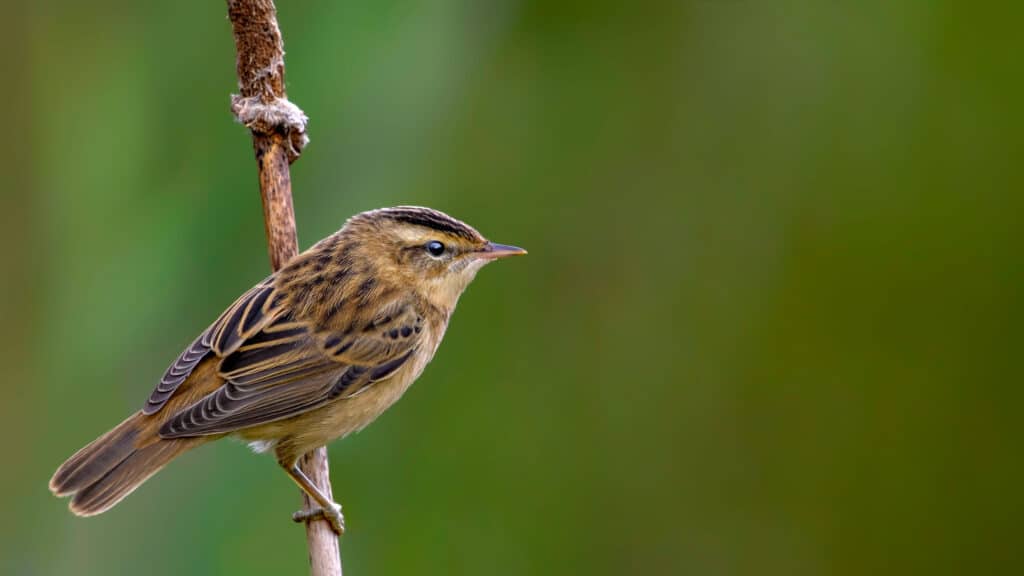
The aquatic warblers is visually similar to this sedge warbler, having brown on top and being pale below.
©vitalii_otroshko/Shutterstock.com
One of the rarest animals to find in Lithuania is the aquatic warbler. This bird is the only one of its kind found in mainland Europe to be internationally threatened. As its breeding grounds are found entirely in Europe, with only a small portion extended to Western Siberia, the aquatic warbler’s biggest threat is loss of habitat. There is currently an estimated population of 11,000 to 15,000.
While this warbler lives primarily in Europe, it does spend its winters in Senegal, West Africa and can be found at the Djoudj National Bird Santuary.
Largest Animals In Lithuania
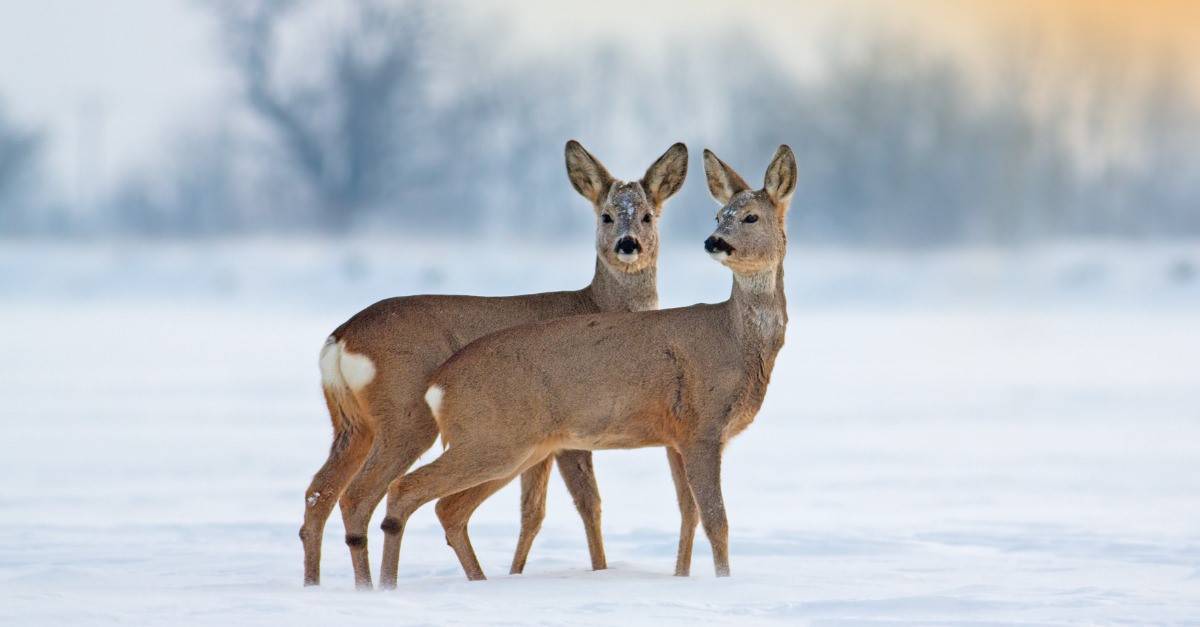
There is an estimated population of 120,000 roe deer in Lithuania.
©iStock.com/JMrocek
There are a number of large animals in Lithuania and the first two are from the same species – the deer family. Starting with the most abundant of these is the roe deer. There is an estimated population of 120,000. This deer has an average weight of 66 pounds and stands almost 3 feet tall. The moose has a population of around 7000 and stands at 6 feet tall, with a typical weight of 1000 pounds.
The bison, which became extinct in Lithuania in the 17th century, was reintroduced here in 1969. The first wild bison were released in 1973. Due to a change in habit and increased hunting, there is currently only has a population of about 200. The bison can weigh up to 2500 pounds and has a height of 6.6 to 9 feet.
Flag Of Lithuania
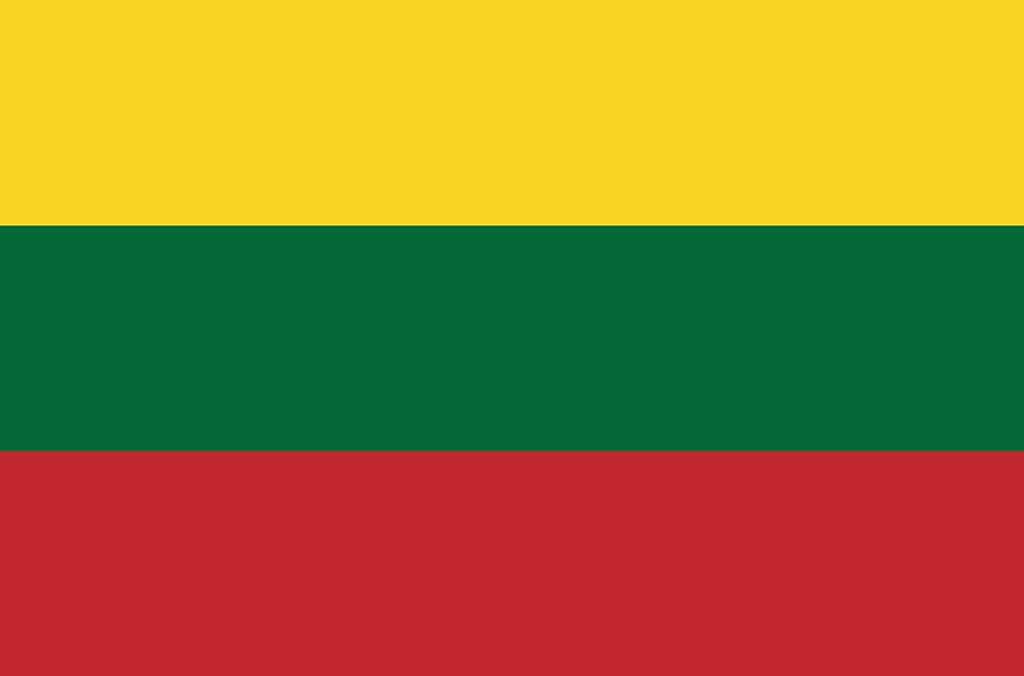
The national tricolor flag of Lithuania is a distinctive tricolor of yellow, green, and red bands.
©DHAYAWATHI/Shutterstock.com
The flag of Lithuania has a long and meaningful history, with symbolism that reflects the past as well as modern times. There are two official flags — a national tricolor and a historical national flag that depicts a charging white knight. Both flags represent Lithuania’s long and historical participation in the battle for independence while honoring the bravery and sacrifice of those who fell for their cause.
The tricolor flag, which was officially designated in 1918, was re-institued in 1988. Each stripe of color has a different meaning. The yellow stipe represents light, goodness and sun. The green embodies hope, freedom and the beauty of nature and the red stripe signifies the courage, land and blood spilled for Lithuania.
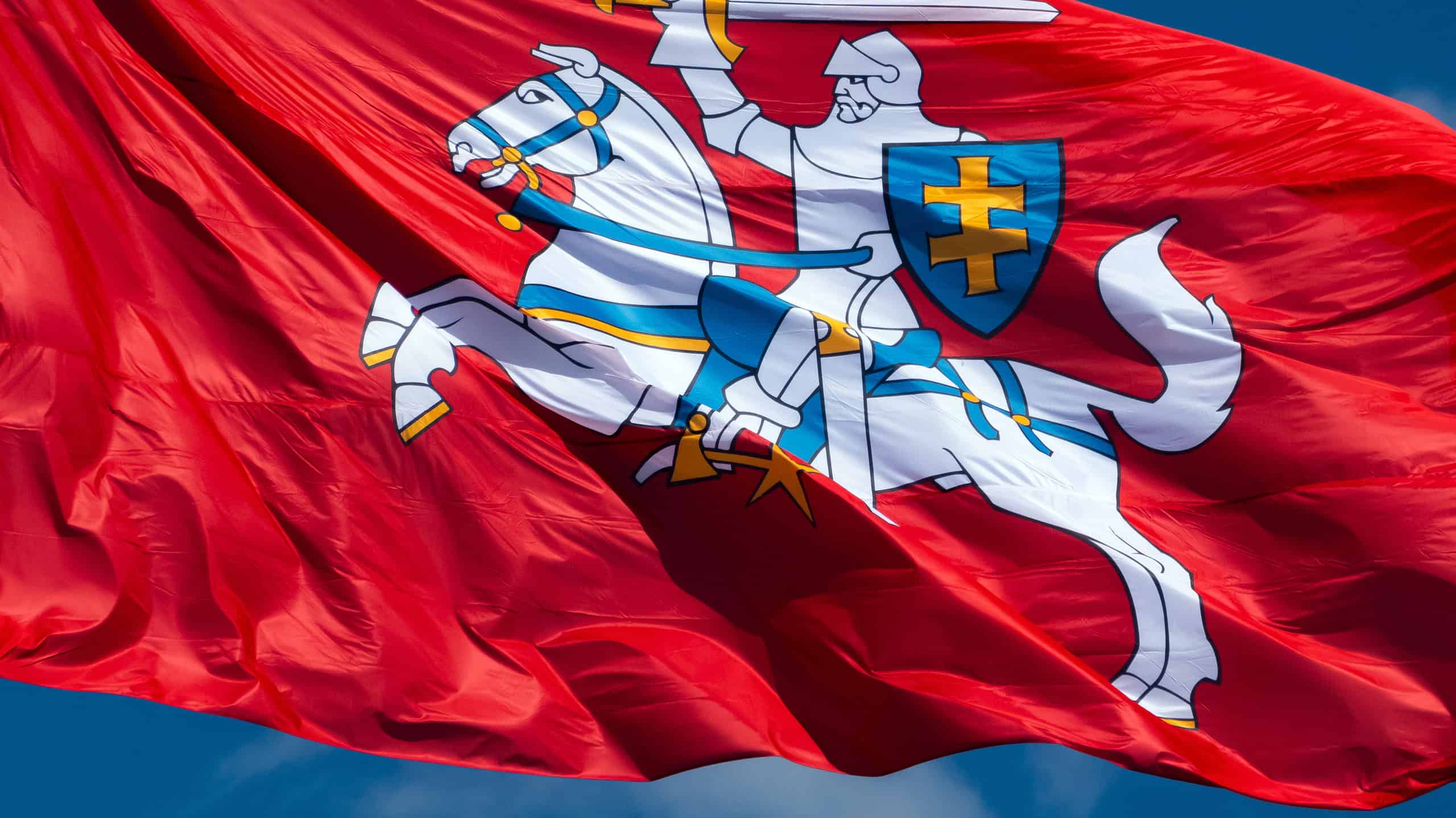
The historical flag of Lithuania is inspired by the coat of arms and depicts a knight on a white
horse
.
©Ja Crispy/Shutterstock.com
The historical national flag dates back to the 15th century. It was originally for the Grand Duke of Lithuania although in the late 16th to the late 18th century, it came to represent the Grand Duchy of Lithuania. This flag was used by the President of the Republic and in 2004 the Law on the National Flag was amended to include this version. To evade puzzlement over the two flags, this one was named the historical, while the tricolor was kept at the national flag.
Lithuanian Animals
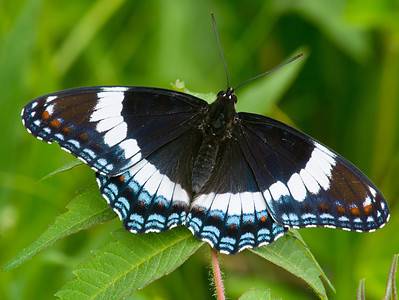
Admiral Butterfly
Stunningly beautiful wings

Ant
First evolved 100 million years ago!

Armyworm
They are so named because they "march" in armies of worms from one crop to another in search of food
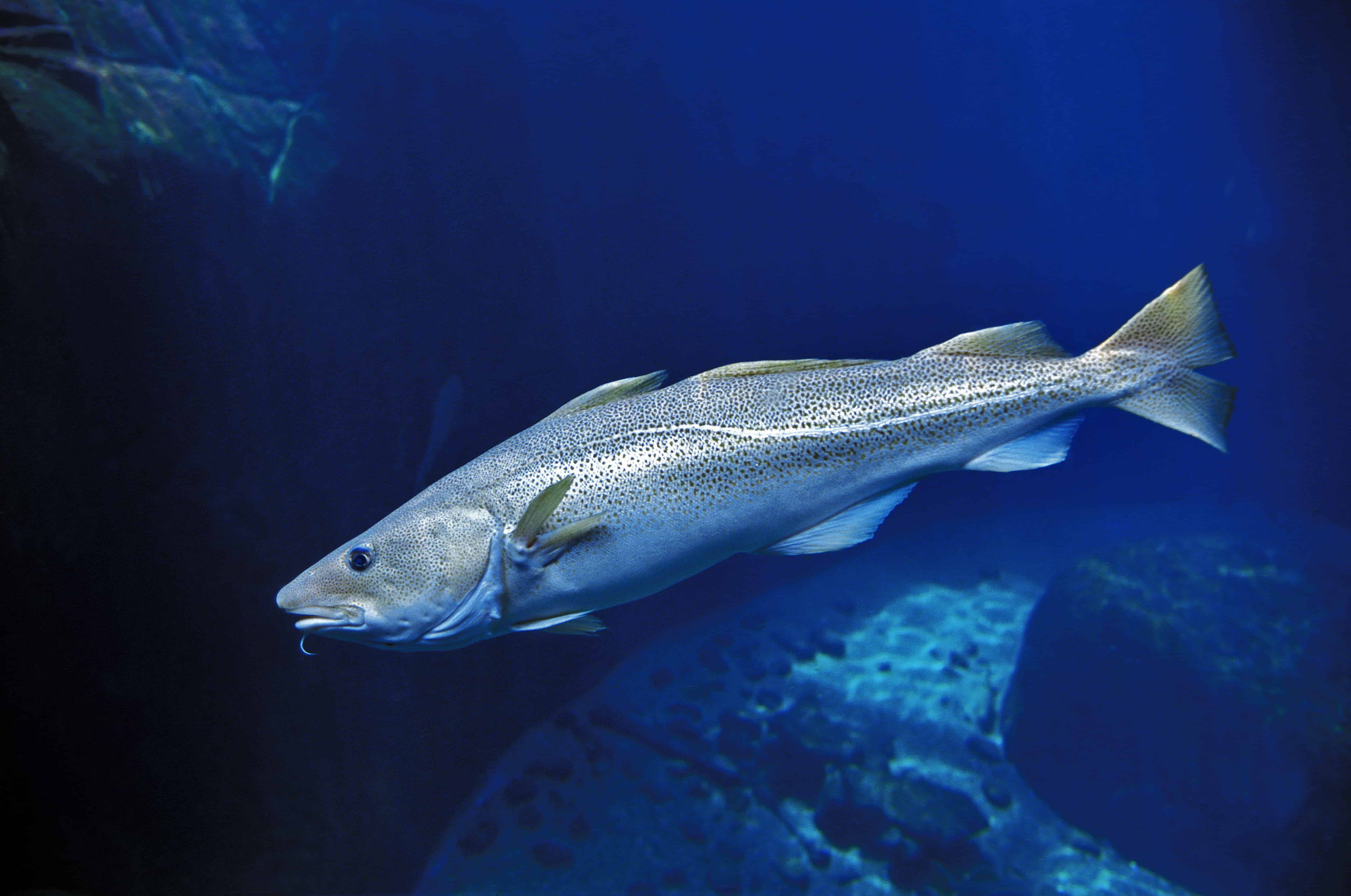
Atlantic Cod
One of the most popular food fishes in the world
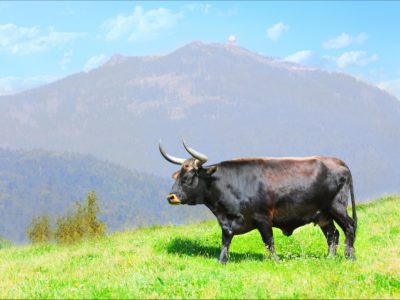
Aurochs
Extinct ancestor of all domesticated cattle!
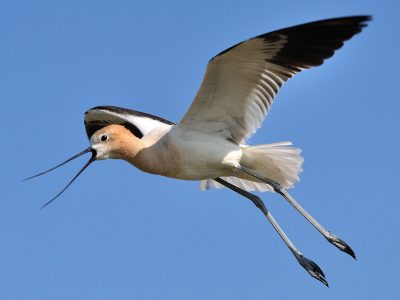
Avocet
Has a curved, upturned beak!
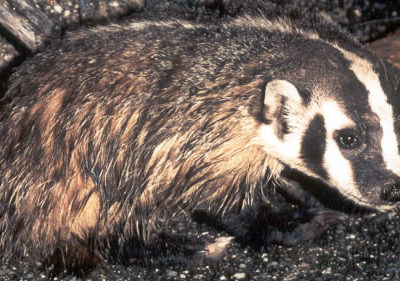
Badger
Can reach speeds of 30 km/h!

Barn Owl
Found everywhere around the world!

Barn Swallow
Older offspring help care for new hatchlings.

Bat
Detects prey using echolocation!
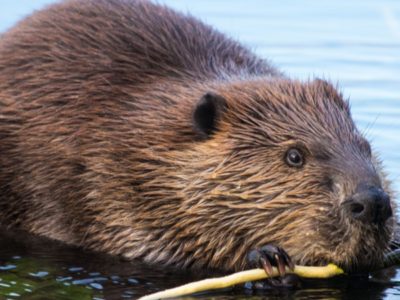
Beaver
Builds a dam from sticks and leaves!

Bed Bugs
Bed bugs feed for 4-12 minutes.

Bee
Rock paintings of bees date back 15,000 years

Beetle
There are more than 350,000 different species
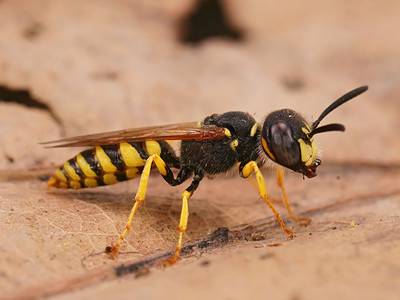
Beewolf wasp
They hunt bees

Bird
Not all birds are able to fly!

Biscuit Beetle
The biscuit beetle form a symbiotic relationship with yeast

Black Widow Spider
They typically prey on insects!

Brown Dog Tick
Can live its entire life indoors
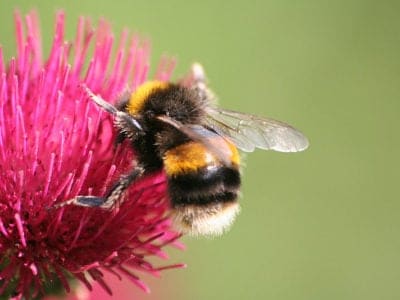
Bumblebee
The most common species of bee!

Butterfly
There are thought to be up 17,500 species!

Camel Cricket
The camel crickets that are found in the USA are light brown in color. They also have dark streaks all over their body.

Carpenter Ant
Carpenter ants can lift up to seven times their own weight with their teeth!

Cat
May have been domesticated up to 10,000 years ago.

Caterpillar
The larvae of a moth or butterfly!

Catfish
There are nearly 3,000 different species!

Centipede
There are about 3,000 documented species!
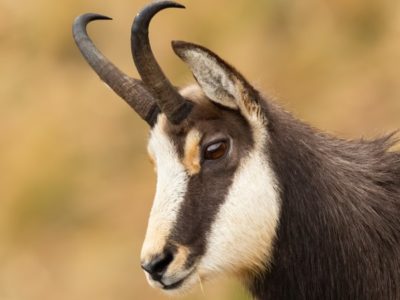
Chamois
Natively found in the European mountains!

Chicken
First domesticated more than 10,000 years ago!

Cockroach
Dated to be around 300 million years old!

Codling Moth
Pupae are able to undergo diapause to survive poor fruit yield years and winter.
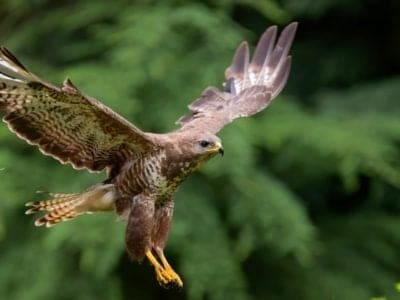
Common Buzzard
The most common raptor in the UK!
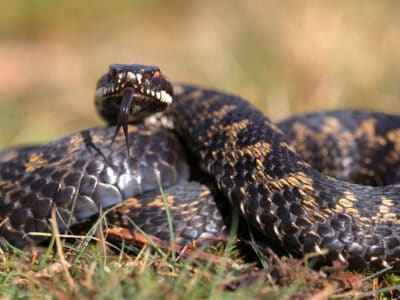
Common European Adder
European adders are the only snake that lives above the Arctic Circle.
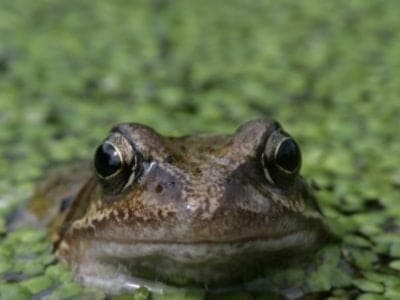
Common Frog
Found throughout the European continent!

Common Furniture Beetle
The common furniture beetle feeds exclusively on wood

Common House Spider
House spiders have the ability to eat most insects in a home.
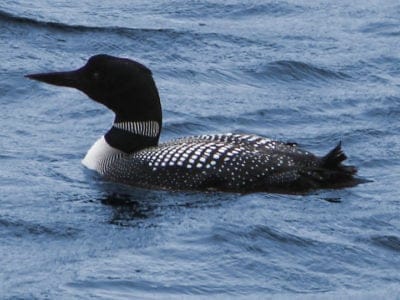
Common Loon
Also known as the Great Northern Diver

Common Raven
A group of ravens is called an unkindness or a conspiracy.
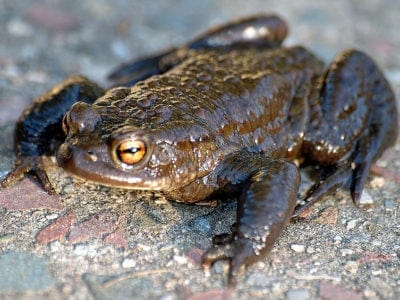
Common Toad
Most active in wet weather!

Cormorant
They can fly 35 mph and dive 150 feet below water.

Cow
There are nearly 1.5 billion worldwide!

Crab
There are 93 different crab groups

Crab Spider
Crab Spiders can mimic ants or bird droppings
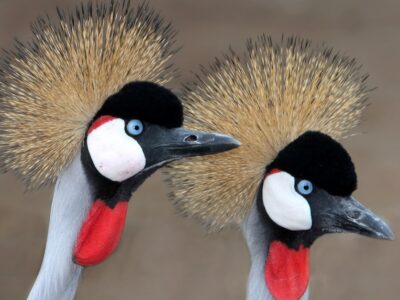
Crane
Many are critically endangered species!

Cricket
Male crickets can produce sounds by rubbing their wings together

Crow
A group of these birds is called a Murder.
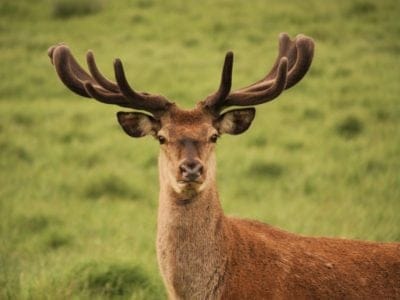
Deer
There are around 40 different species!

Dog
First domesticated in South-East Asia!

Dog Tick
Dog ticks feed on dogs and other mammals

Donkey
First domesticated 5,000 years ago!

Dragonfly
It's larvae are carnivorous!

Duck
Rows of tiny plates line their teeth!

Dung Beetle
The dung beetle can push objects many times its own weight
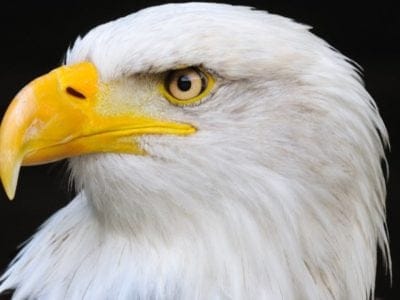
Eagle
Has exceptional eyesight!

Earthworm
They are hermaphrodites, which means they have male and female organs

Earwig
There are nearly 2,000 different species!
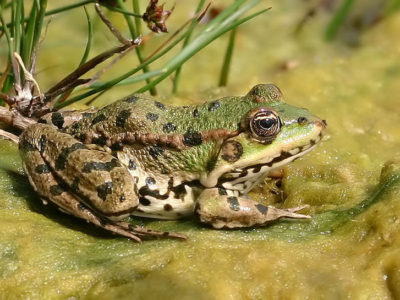
Edible Frog
Are known to guard the muddy banks!

Eel
Eels can be a mere few inches long to 13 feet!
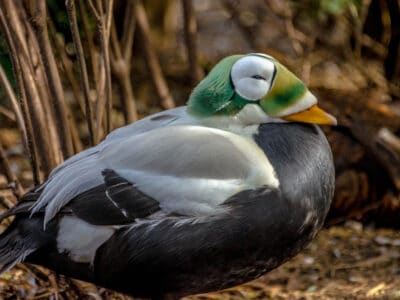
Eider
Eiders are sexually dimorphic, with males being larger and more colorful.
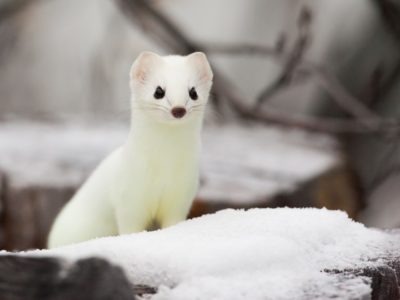
Ermine
A very bold and ferocious predator!
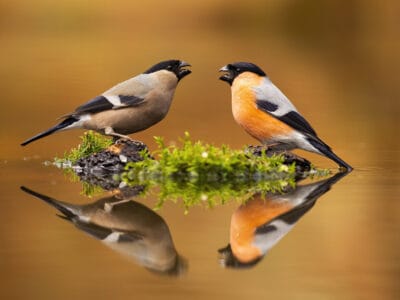
Eurasian Bullfinch
The shy eurasian bullfinch prefers to forage very close to cover.
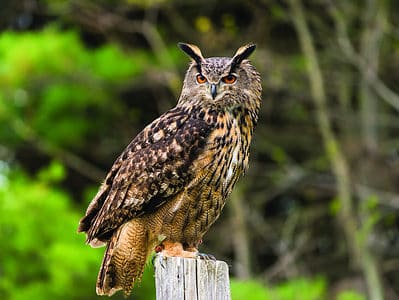
Eurasian Eagle-owl
The Eurasian Eagle-owl is the second largest owl in the world with a wingspan up to six feet!
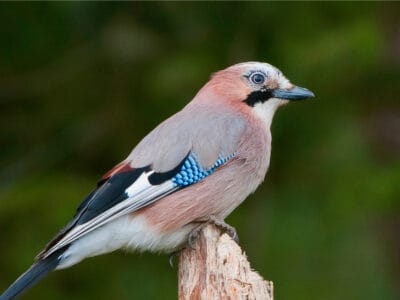
Eurasian Jay
The Eurasian jay has the ability to mimic other sounds
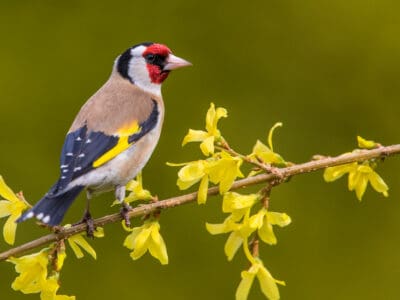
European Goldfinch
They are frequent visitors to backyard feeders, especially those containing niger seeds.
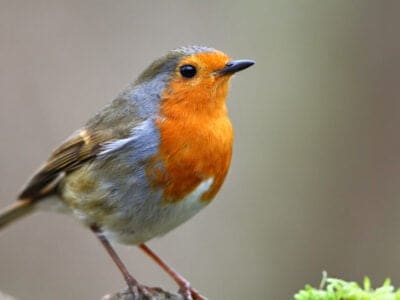
European Robin
Male robins are so aggressive and territorial that they will attack their own reflections.

Falcon
The fastest creatures on the planet!
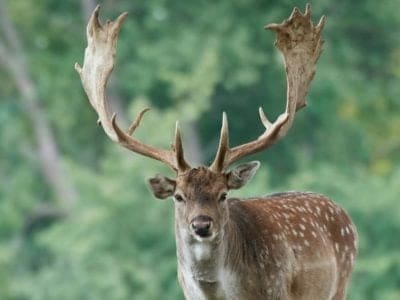
Fallow deer
The fallow deer has more variation in its coat colors than most other deer.

False Widow Spider
False spiders actually prey on black widow spiders and other hazardous spiders
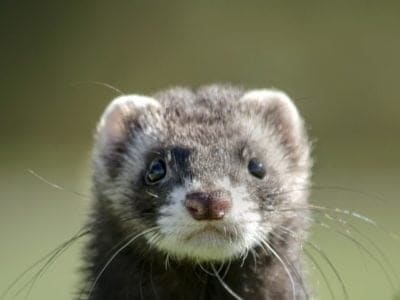
Ferret
Ferrets can be trained to do tricks like dogs!
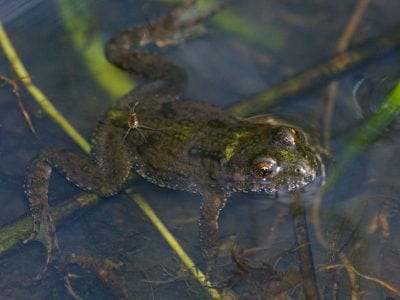
Fire-Bellied Toad
Found across mainland Europe and Asia!

Firefly
The firefly produces some of the most efficient light in the world

Flea
Adult fleas can jump up to 7 inches in the air

Fly
There are more than 240,000 different species!
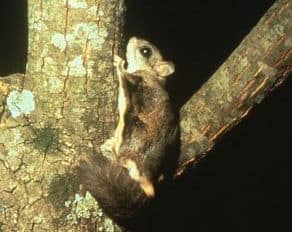
Flying Squirrel
Can glide up to 90 meters!
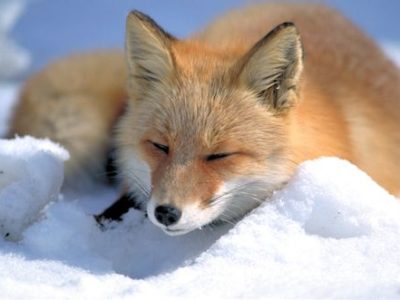
Fox
Only 12 species are considered "true foxes"

Frog
There are around 7,000 different species!

Fruit Fly
Fruit flies are among the most common research animals in the world

German Cockroach
The most common type of urban roach
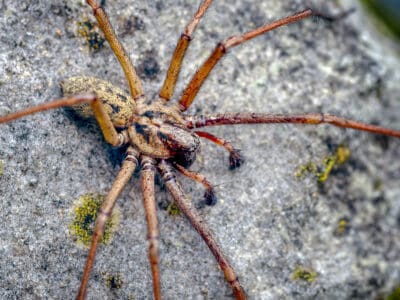
Giant House Spider
They are the fastest invertebrates in the U.K.
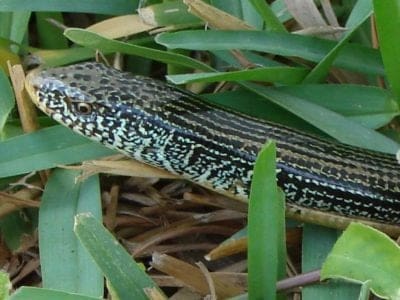
Glass Lizard
Can grow up to 4ft long!

Glowworm
Found inhabiting dense woodland and caves!

Gnat
Males form large mating swarms at dusk
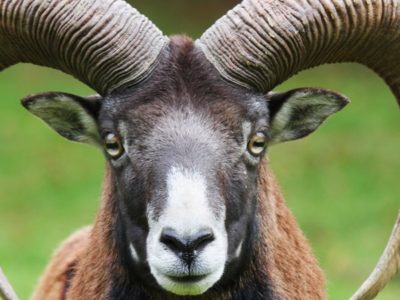
Goat
Most closely related to the Sheep!
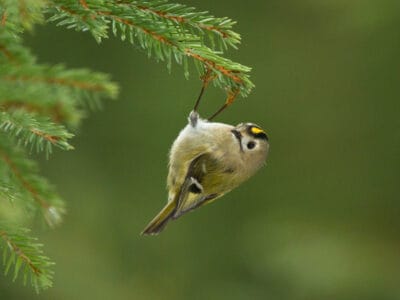
Goldcrest
The goldcrest never starts moving and needs to consume for most of the day to survive. Therefore, in the colder months, it's best that eat 90% a day.
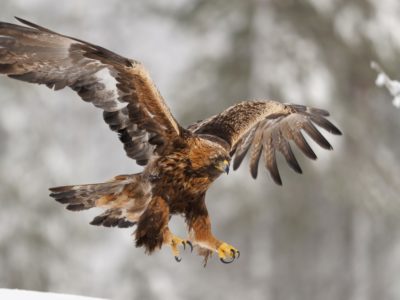
Golden Eagle
Their calls sound like high-pitched screams, but they are quiet most of the time.
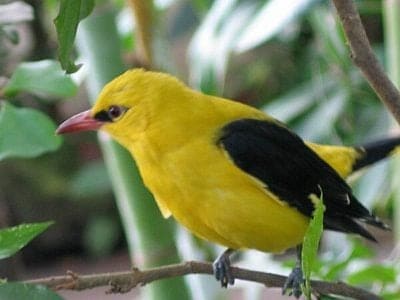
Golden Oriole
Migrates between Europe and Asia!
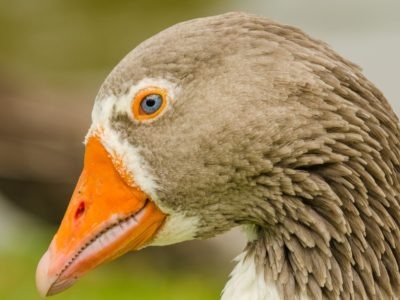
Goose
There are 29 different species!

Grasshopper
There are 11,000 known species!

Gypsy Moth
One of the most invasive species in the world

Hamster
Able to run as quickly backwards as forwards!

Hare
Can reach speeds of over 50 mph!

Hawk Moth Caterpillar
Many hawk moth caterpillars eat toxins from plants, but don’t sequester them the way milkweed butterflies do. Most toxins are excreted.
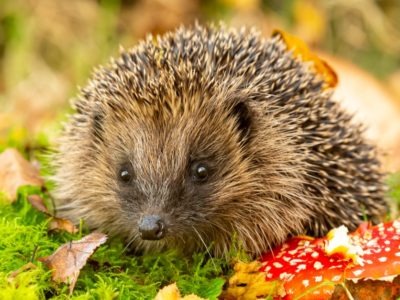
Hedgehog
Thought to be one of the oldest mammals on Earth!

Heron
Inhabits wetlands around the world!
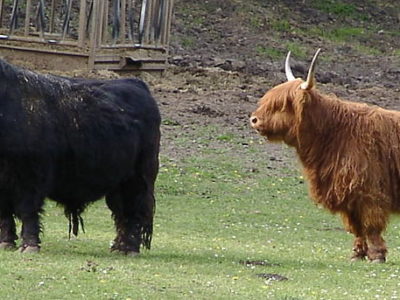
Highland Cattle
Natively found in the Scottish Highlands!

Honey Bee
There are only 8 recognized species!
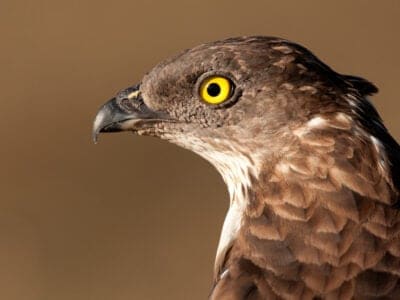
Honey Buzzard
Honey buzzards are medium-sized raptors that earned their names by raiding the nests of bees and wasps.
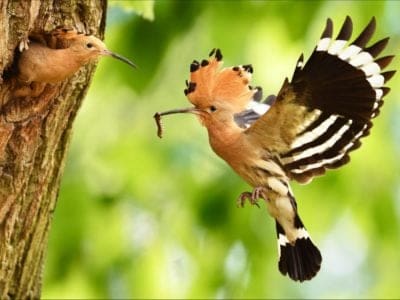
Hoopoe
Stunning bird with a stinky way to deter predators!

Horse
Has evolved over 50 million years!

Horsefly
Horseflies have been seen performing Immelmann turns, much like fighter jets.

Housefly
The fly has no teeth

Human
Thought to have orignated 200,000 years ago!

Huntsman Spider
Some huntsman spiders have an interesting way of moving around. Some cartwheel while others do handsprings or backflips.

Insects
There are an estimated 30 million species!

Jumping Spider
Some can jump 50 times the length of their bodies
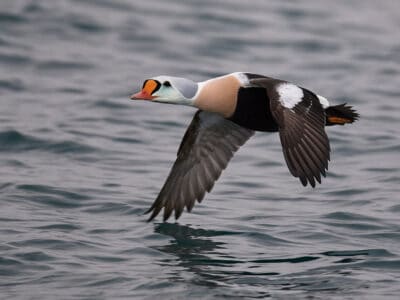
King Eider
The species name, spectabilis, is Latin for “showy” or “remarkable,” referencing the attractiveness of the adult male’s plumage.

Kingfisher
Inhabits wetlands and woodlands worldwide!

Ladybug
There are more than 5,000 species worldwide!

Leech
Has 10 pairs of eyes!
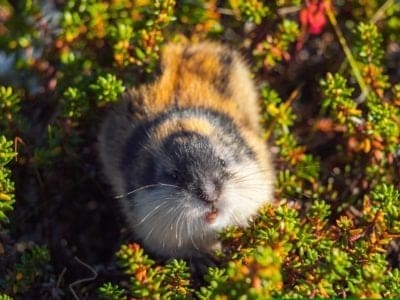
Lemming
Does not hibernate during the bitter Arctic winter!
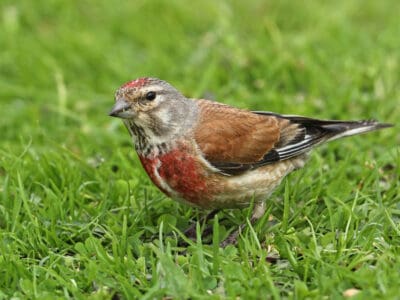
Linnet
While linnets are monogamous during mating season, they do not mate for life. While breeding pairs are together, the males are highly territorial and will defend the nesting site and the surrounding area.

Lizard
There are around 5,000 different species!

Locust
Each locust can eat its weight in plants each day.
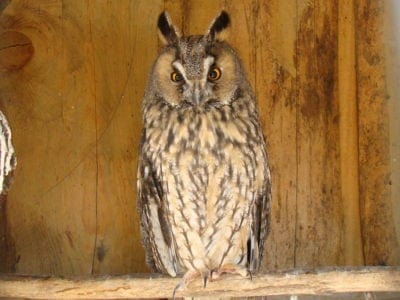
Long-Eared Owl
Ear tufts make it look bigger!
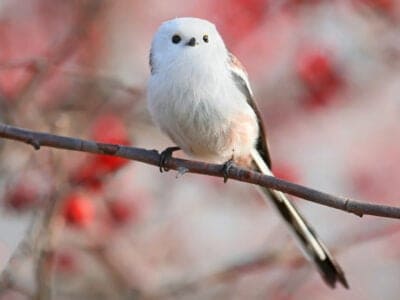
Long-Tailed Tit
Often hangs upside down while feeding!
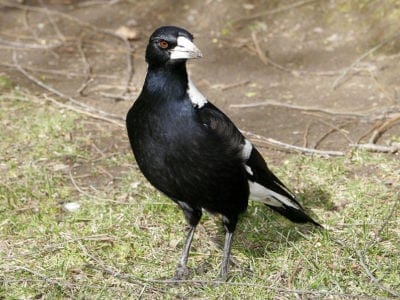
Magpie
They are found across Europe, Asia and Africa!
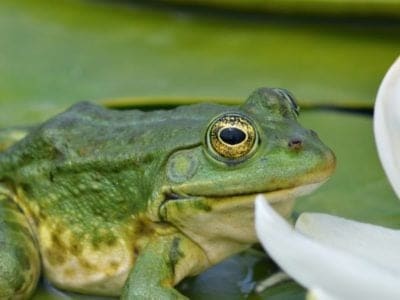
Marsh Frog
Has bright green skin!

Mayfly
There are 2,500 known species worldwide!

Mealybug
They have a symbiotic relationship with ants.
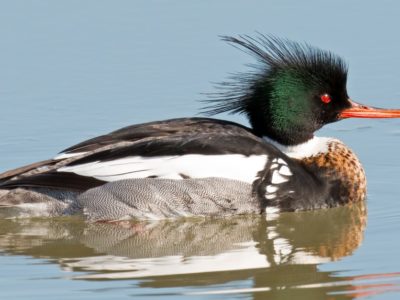
Merganser
They line their nests with their feathers

Millipede
Some species have a poisonous bite!

Mole
Primarily hunts and feeds on Earthworms!

Mongrel
Has characteristics of two or more breeds!

Moorhen
Feeds on aquatic insects and water-spiders!

Mosquito
Only the female mosquito actually sucks blood

Moth
There are 250,000 different species!

Mouse
Found on every continent on Earth!

Mule
The offspring of a horse and donkey parents!
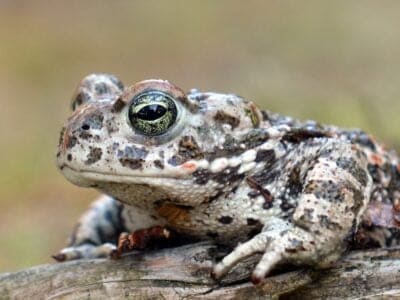
Natterjack
Can lay up to 7500 eggs

Neanderthal
Roamed Asia and Europe for around 100,000 years!

Nematode
Nematodes range in size from 1/10 of an inch to 28 feet long
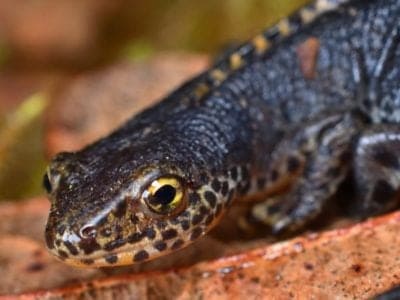
Newt
Able to regrow lost or damaged limbs!
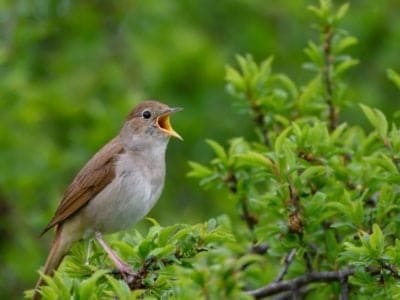
Nightingale
Named more than 1,000 years ago!

No See Ums
There are more than 5,000 species.
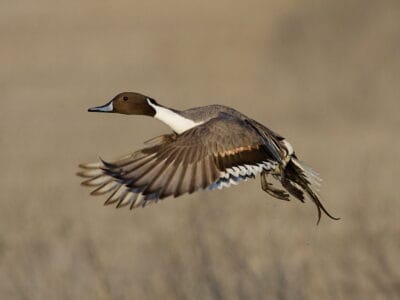
Northern Pintail
Northern pintails migrate at night with speeds reaching 48 miles per hour!
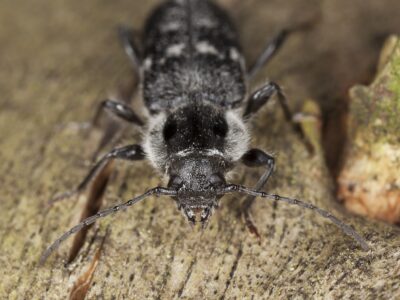
Old House Borer
Depending on the habitat and climate, these beetles can live between 2 to 10 years, often staying in their larval stage for several years, making them extremely dangerous to wooden structures.

Orb Weaver
Females are about four times the size of males
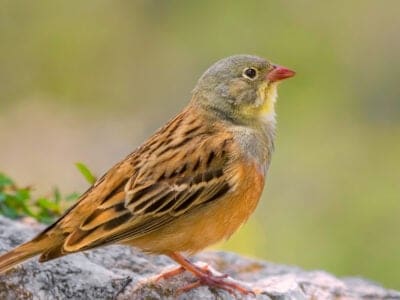
Ortolan Bunting
The tradition of hiding your face with a napkin or towel while eating this bird was begun by a priest who was a friend of the great French gastronome Jean Anthelme Brillat-Savarin.

Otter
There are 13 different species worldwide

Owl
The owl can rotate its head some 270 degrees

Peregrine Falcon
Fastest animal on Earth

Pheasant
Females lay between 8 and 12 eggs per clutch!
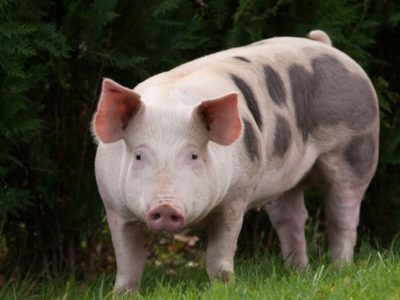
Pig
Thought to have been domesticated in 9,000 BC!

Pigeon
They can find their way back to their nests from up to 1300 miles away.
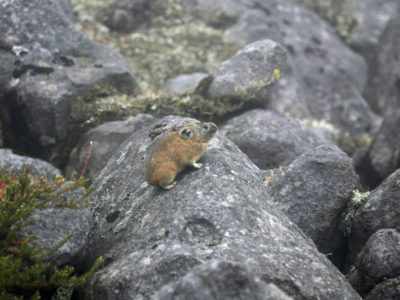
Pika
Found in mountainous regions and rocky areas
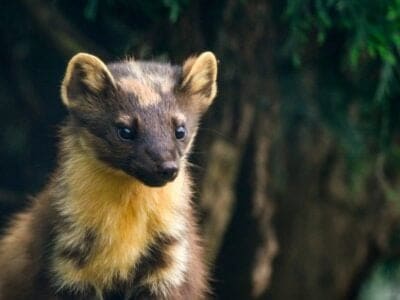
Pine Marten
A pine marten can jump from tree to tree similar to a squirrel.
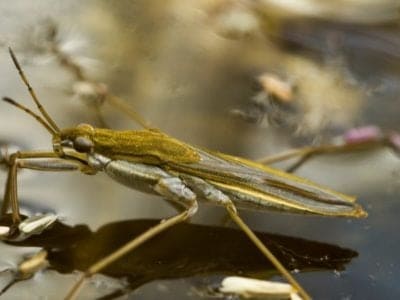
Pond Skater
There are 500 different species!
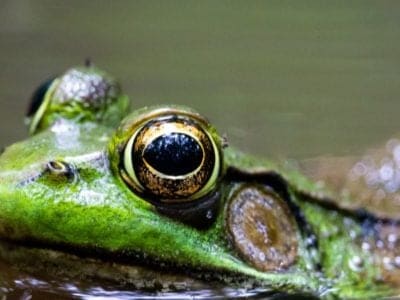
Pool Frog
The rarest amphibian in the UK!
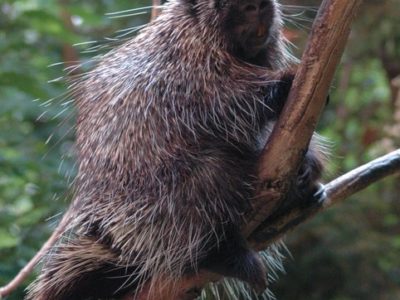
Porcupine
There are 30 different species worldwide!
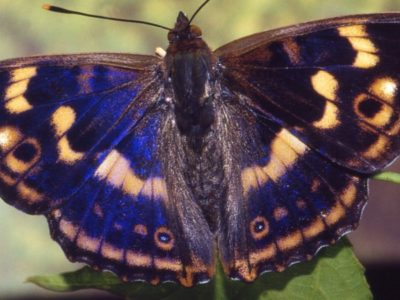
Purple Emperor Butterfly
Inhabits deciduous forests!
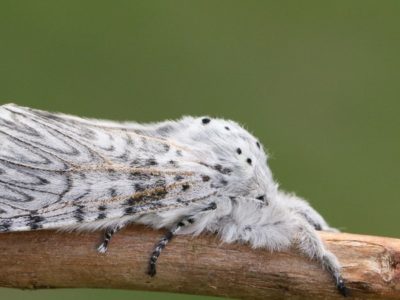
Puss Moth
Caterpillars squirt formic acid!

Quail
Inhabits woodland and forest areas worldwide!
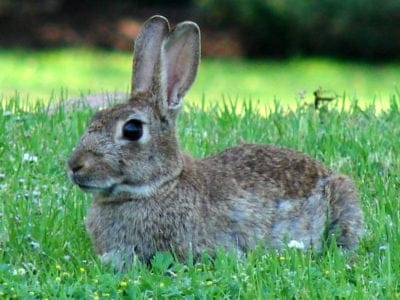
Rabbit
There are more than 300 different species!
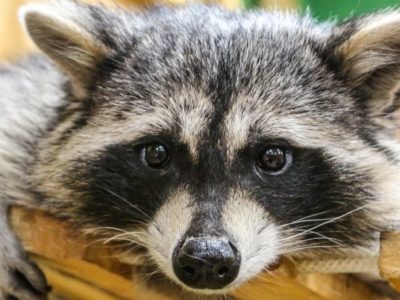
Raccoon
Known to wash their food before eating it!
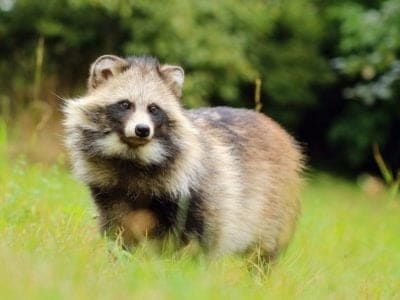
Raccoon Dog
The only hibernating canine!

Rat
Omnivores that eat anything!

Red Deer
A male red deer shows his age in his antlers, which become longer and more branched every year.
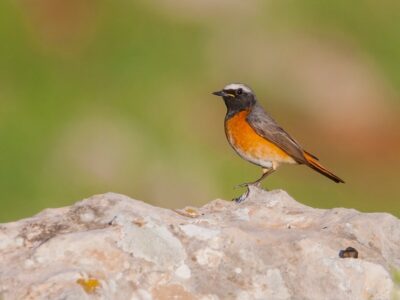
Redstart
They build their nests off the ground in tree holes, cavities, stone walls, and roofs

River Turtle
Inhabits freshwater habitats around the world!

Robin
There are more than 45 species in Australia alone!

Rodents
The capybara, the world’s largest rodent, likes to be in and around bodies of water. Because of this, the Catholic Church in South America decided that it was a fish, and people were allowed to eat it during Lent and First Fridays.
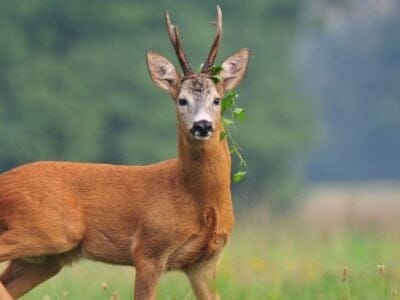
Roe Deer
The roe is one of the most popular game animals in Europe

Rooster
Will mate with the entire flock!
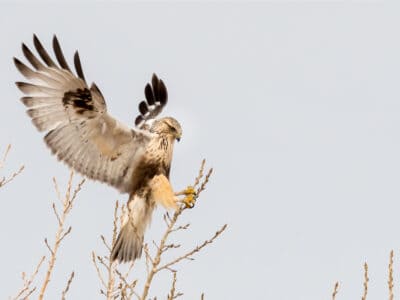
Rough-Legged Hawk (Rough-Legged Buzzard)
Its scientific name, lagopus, is Ancient Greek for “hare” and “foot,” referring to its feathered feet and toes.

Sable Ferret
Ferrets were used during the Revolutionary War to keep down the rat population.
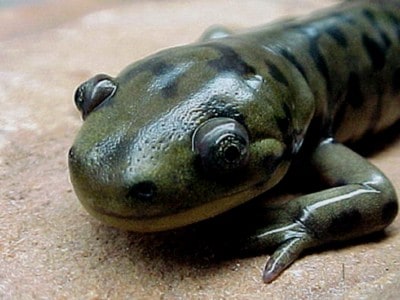
Salamander
There are more than 700 different species!
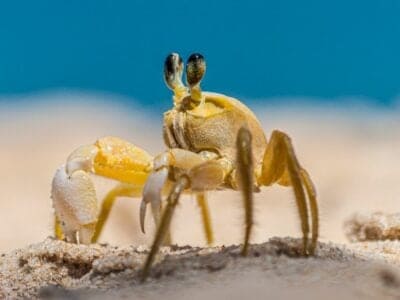
Sand Crab
The sand crab burrows beneath the sand with its tail
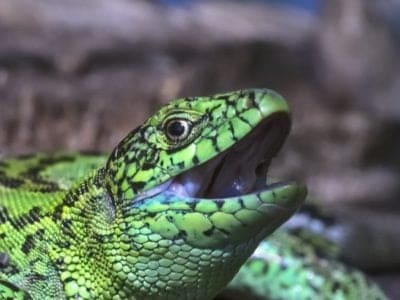
Sand Lizard
Males turn green in spring!

Scorpion
There are around 2,000 known species!

Sea Eagle
The sea eagle tends to mate for life with a single partner

Seahorse
Males give birth to up to 1,000 offspring!

Sheep
Around 35 million in the English countryside!
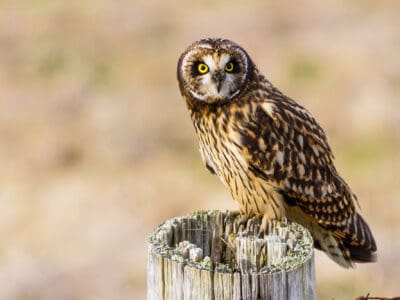
Short-Eared Owl
The short-eared owl is one of the most widespread owl species in the world, covering five continents.

Shrew
The spinal column of the shrew Scutisorex somereni is so strong and reinforced that it can support the weight of an adult human.

Shrimp
There are 2,000 different species worldwide!

Skink Lizard
Some skinks lay eggs in some habitats while giving birth to skinklets in other habitats.
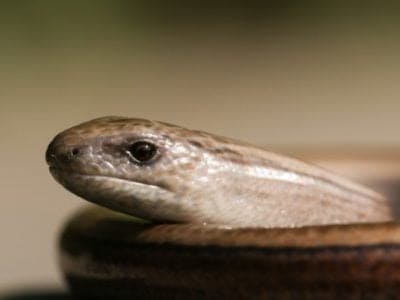
Slow Worm
Found widely throughout British gardens!

Slug
They glide around on one foot, which is aided by the slime they produce

Smokybrown Cockroach
Has up to 45 eggs per egg case

Snail
There are nearly 1,000 different species!

Snake
There are around 4,000 known species worldwide
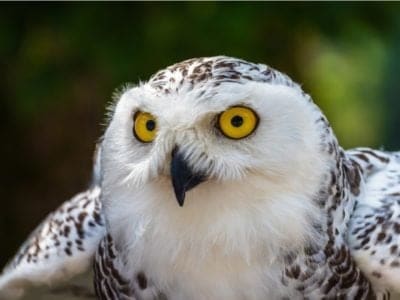
Snowy Owl
One of the largest owl species in the world!
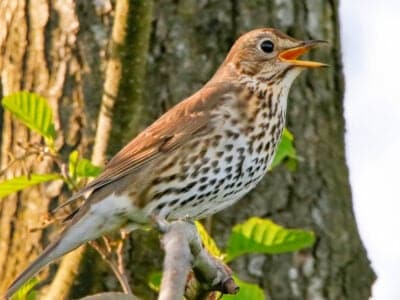
Song Thrush
A male song thrush can have over 100 phrases in his repertoire of songs and can imitate pet birds, telephones and other man-made objects.
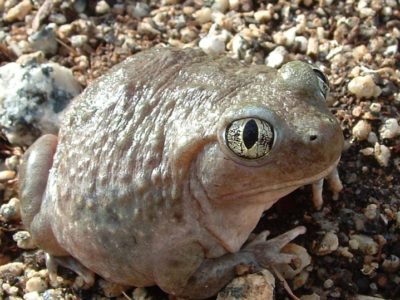
Spadefoot Toad
They spend most of their time underground!

Sparrow
There are 140 different species!

Spider Wasp
They prey on spiders to feed their larvae or they parasitize other spider wasps.

Squirrel
Small rodents found in woodlands worldwide!

Stick Insect
There are more than 3,000 different species!
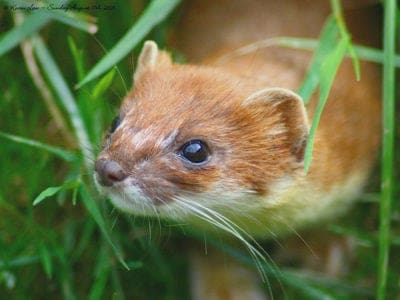
Stoat
Average adults weigh about 200 grams!
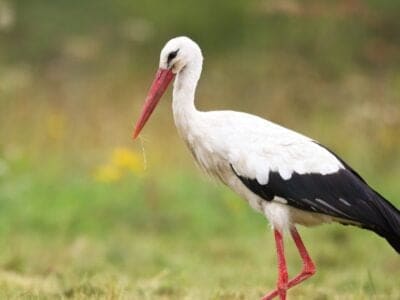
Stork
They can’t sing like other birds.

Swan
Populations have been affected by pollution!
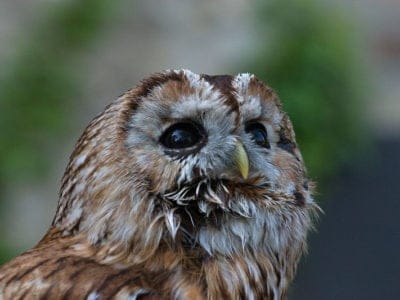
Tawny Owl
The most widespread owl in Europe!

Termite
Their mounds can be up to 9 meters tall!

Thrush
The American robin is called the robin because its red breast reminded European settlers of the robin back in the old country.

Tick
They inject hosts with a chemical that stops them from feeling the pain of the bite

Tiger Beetle
The adult tiger beetle is one of the fastest land insects in the world
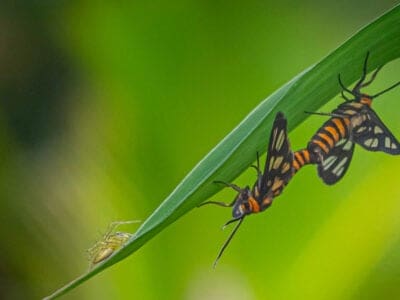
Tiger Moth
The bright colors of this moth are a signal to predators that it has a terrible taste.

Tortoise
Can live until they are more than 150 years old!

Tree Frog
Found in warmer jungles and forests!

Turtles
Some species of aquatic turtles can get up to 70 percent of their oxygen through their butt.
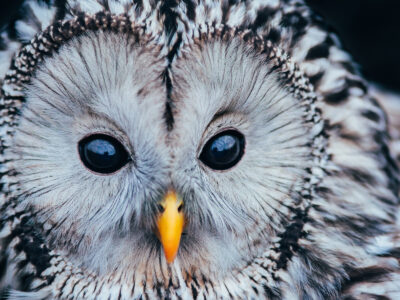
Ural owl
The Ural owl can rotate its head up to 270 degrees
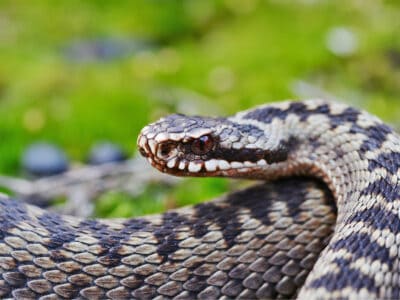
Viper
Vipers are one of the most widespread groups of snakes and inhabit most

Vulture
There are 30 different species worldwide!

Wasp
There are around 75,000 recognised species!
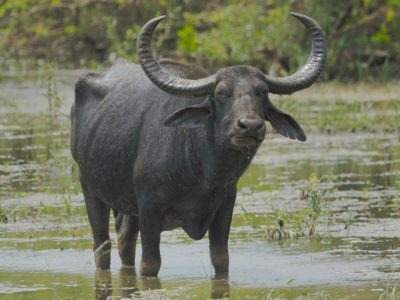
Water Buffalo
Has been domesticated for thousands of years!
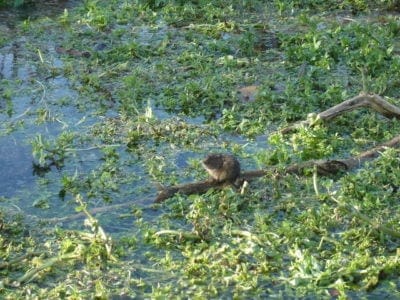
Water Vole
The largest Vole species in the UK!
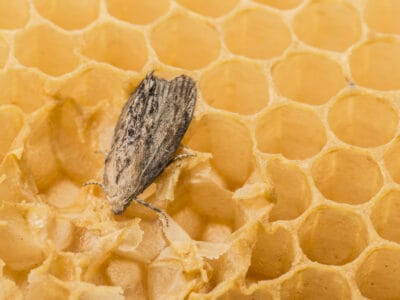
Wax Moth
The Wax Moth larvae are more dangerous than the adult.
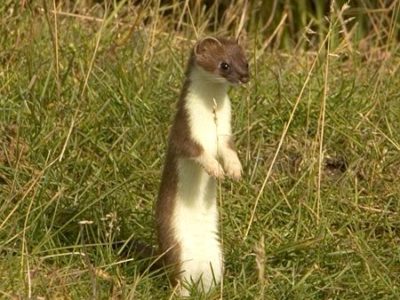
Weasel
The smallest carnivorous mammal in the world!

White Ferret / Albino Ferrets
There are two different types of white ferrets!
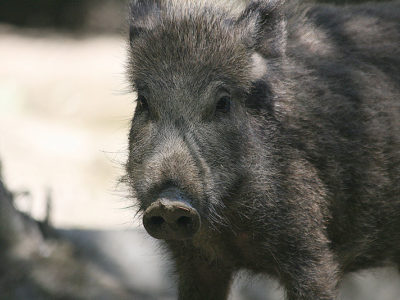
Wild Boar
Males have a top tusk to sharpen the bottom one!
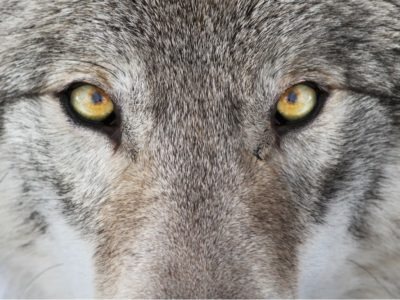
Wolf
Thought to date back more than 300,000 years!

Wolf Spider
Carnivorous arachnid that hunts its prey.

Woodlouse
This animal can roll up into a ball
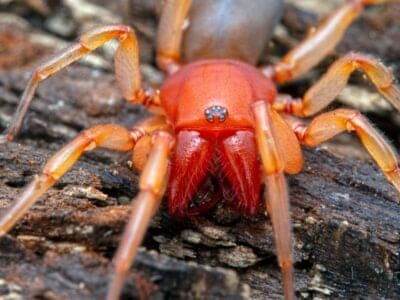
Woodlouse Spider
Unlike most spiders, woodlouse spiders don’t build a web.

Woodpecker
There are 200 different species!
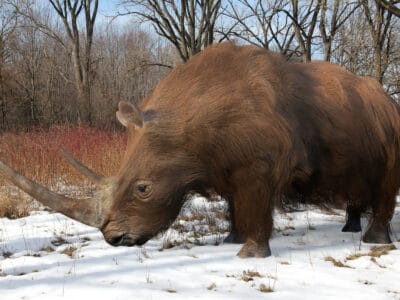
Woolly Rhinoceros
The woolly rhinoceros roamed the earth between three and a half million and 14,000 years ago.

Worm
Doesn’t have eyes.
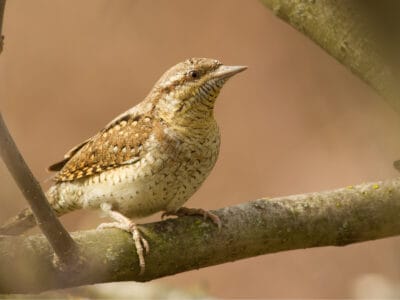
Wryneck
They feign death by making their bodies limp and closing their eyes.
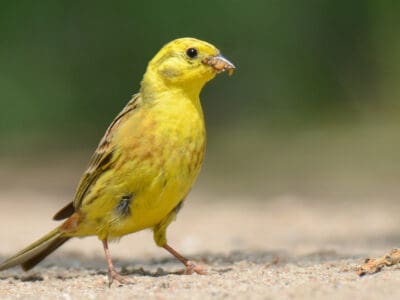
Yellowhammer
It interbreeds with the pine bunting
Lithuanian Animals List
- Admiral Butterfly
- Ant
- Armyworm
- Atlantic Cod
- Aurochs
- Avocet
- Badger
- Barn Owl
- Barn Swallow
- Bat
- Beaver
- Bed Bugs
- Bee
- Beetle
- Beewolf wasp
- Bird
- Biscuit Beetle
- Black Widow Spider
- Brown Dog Tick
- Bumblebee
- Butterfly
- Camel Cricket
- Carpenter Ant
- Cat
- Caterpillar
- Catfish
- Centipede
- Chamois
- Chicken
- Cockroach
- Codling Moth
- Common Buzzard
- Common European Adder
- Common Frog
- Common Furniture Beetle
- Common House Spider
- Common Loon
- Common Raven
- Common Toad
- Cormorant
- Cow
- Crab
- Crab Spider
- Crane
- Cricket
- Crow
- Cuckoo
- Deer
- Dog
- Dog Tick
- Donkey
- Dormouse
- Dragonfly
- Duck
- Dung Beetle
- Eagle
- Earthworm
- Earwig
- Edible Frog
- Eel
- Eider
- Ermine
- Eurasian Bullfinch
- Eurasian Eagle-owl
- Eurasian Jay
- European Goldfinch
- European Robin
- Falcon
- Fallow deer
- False Widow Spider
- Ferret
- Fire-Bellied Toad
- Firefly
- Flea
- Fly
- Flying Squirrel
- Fox
- Frog
- Fruit Fly
- German Cockroach
- Giant House Spider
- Glass Lizard
- Glowworm
- Gnat
- Goat
- Goldcrest
- Golden Eagle
- Golden Oriole
- Goose
- Grasshopper
- Gypsy Moth
- Hamster
- Hare
- Hawk Moth Caterpillar
- Hedgehog
- Heron
- Highland Cattle
- Honey Bee
- Honey Buzzard
- Hoopoe
- Horse
- Horsefly
- Housefly
- Human
- Huntsman Spider
- Insects
- Jumping Spider
- King Eider
- Kingfisher
- Ladybug
- Leech
- Lemming
- Linnet
- Lizard
- Locust
- Long-Eared Owl
- Long-Tailed Tit
- Magpie
- Marsh Frog
- Mayfly
- Mealybug
- Merganser
- Millipede
- Mole
- Mongrel
- Moorhen
- Mosquito
- Moth
- Mouse
- Mule
- Natterjack
- Neanderthal
- Nematode
- Newt
- Nightingale
- No See Ums
- Northern Pintail
- Old House Borer
- Orb Weaver
- Ortolan Bunting
- Otter
- Owl
- Peregrine Falcon
- Pheasant
- Pig
- Pigeon
- Pika
- Pike Fish
- Pine Marten
- Pond Skater
- Pool Frog
- Porcupine
- Purple Emperor Butterfly
- Puss Moth
- Quail
- Rabbit
- Raccoon
- Raccoon Dog
- Rat
- Red Deer
- Redstart
- River Turtle
- Robin
- Rodents
- Roe Deer
- Rooster
- Rough-Legged Hawk (Rough-Legged Buzzard)
- Sable Ferret
- Salamander
- Sand Crab
- Sand Lizard
- Scorpion
- Sea Eagle
- Seahorse
- Sheep
- Short-Eared Owl
- Shrew
- Shrimp
- Skink Lizard
- Slow Worm
- Slug
- Smokybrown Cockroach
- Snail
- Snake
- Snowy Owl
- Song Thrush
- Spadefoot Toad
- Sparrow
- Spider Wasp
- Squirrel
- Stick Insect
- Stoat
- Stork
- Swallowtail Butterfly
- Swan
- Tawny Owl
- Termite
- Thrush
- Tick
- Tiger Beetle
- Tiger Moth
- Tortoise
- Tree Frog
- Turtles
- Ural owl
- Viper
- Vulture
- Wasp
- Water Buffalo
- Water Vole
- Wax Moth
- Weasel
- White Ferret / Albino Ferrets
- Wild Boar
- Wolf
- Wolf Spider
- Woodlouse
- Woodlouse Spider
- Woodpecker
- Woolly Rhinoceros
- Worm
- Wryneck
- Yellowhammer
Animals In Lithuania FAQs (Frequently Asked Questions)
Are there wolves in Lithuania?
Yes, there are gray wolves native to Lithuania. They live in forests and rocky areas of the country. This is one of those animals that like to stay away from people and keep moving through the range of their territory. These mammals have a conservation status of Least Concern with a stable population.
Are there any bears in Lithuania?
Yes, but they don’t live within the country. Brown bears are considered extinct in Lithuania. However, these mammals are not entirely extinct as a species. Brown bears sometimes cross the border into Lithuania from Latvia and Belarus. Bears are not concerned about borders!
Are there snakes in Lithuania?
Yes, there are snakes in Lithuania. The venomous Common Adder lives in the wild. Grass snakes and smooth snakes are also plentiful in this country. There are other types of snakes both venomous and non-venomous living in Lithuanian zoos and even in private collections of wildlife.




